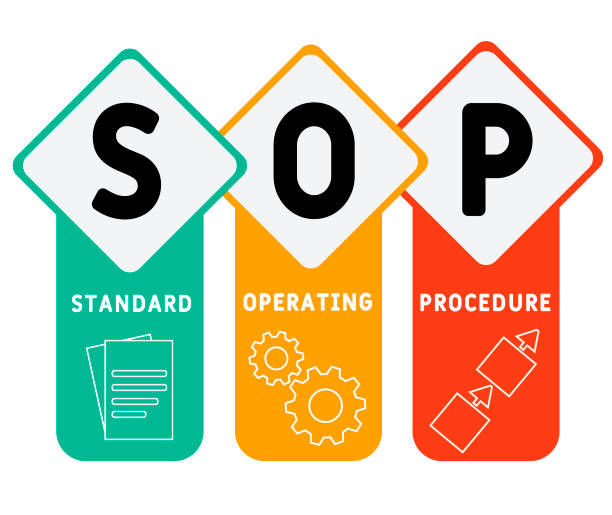
STANDARD OPERATING PROCEDURES
SHIRO ABHYANGA

INTRODUCTION
Shirobhyanga is the procedure in which smearing of Taila followed by massage by specific maneuvers.
MATERIALS REQUIRED
- Ref General Requirements SOP
- Taila-100-150ml
- Towel -1
- Vessel-2
- Hot water bath -1
Manpower
- Therapist-1
- Physician -1
PREPARATION
Preparation of tray
- Take a clean tray.
- Put towel, oil in bowl.
Preparation of patient
- Check vitals.
- Jeernahara lakshana assessed.
- Vegotsarga
PRADHANA KARMA
- Patient is asked to sit comfortably in a knee-high chair.
- Taila for Shirobhyanga is made lukewarm using a hot water bath.
- Temperature of the taila is checked by pouring it over the dorsum of hand.
- The oil is then poured on the hands of the therapist.
- Then it is spread all over the head including the neck and the ear pinna with the palmar surface of hands.
- Moving the palms from before backwards.
Massage from before backwards (Gharshana Hasta):
- Massage the whole head, by moving the palmar surface of the hand from before backwards applying gentle as well as firm pressure.
- Thus, the complete area of the scalp is massaged including vertex, temporal and occipital portions of the head.
Picking strokes (Mridvanguli Tadana):
- Fingers are partially approximated, and then gently and firmly placed on the scalp.
- This is followed by withdrawing the fingers in an attempt to approximate the fingers, simultaneously effecting rubbing of the scalp.
- Each area of the head is similarly treated.
Flat palm strokes (Dvihasta Tadana)
- Gentle strokes are placed with the palmar surface on the scalp by both hands either simultaneously or alternatively.
- Strokes are placed on the vertex, occipital and temporal region.
Rocking strokes (Taranga Hasta)
- Gentle strokes are placed on the head by rapid rocking movement of both the palms simultaneously.
- Only the base of little finger and thumb comes in contact with the patient’s head while placing the stroke.
Finger strokes (Anguli Kridana Hasta)
- Gentle strokes are placed on the head by making rocking movement of both the palms with its fingers stretched.
- Only the palmar aspect of the little finger and thumb will touch the scalp while stroking.
Fist strokes (Mridu Mushti Tadana)
- Gentle strokes are placed on all areas of the head with the closed fist through the ulnar border.
- Initially the strokes are placed with both the hands simultaneously, followed by placing the strokes alternatively with right and left fist.
Squeeze strokes
- Grasping tuft of hairs followed by gentle squeeze, producing comfortable traction on the hair.
- Every part of the scalp is treated in this way.
- This stroke cannot be performed in trimmed hair or if suffering from baldness.
Pressing (Ghatita Hasta)
- Flat of the palm is placed on the head.
- And is moulded into the shape of the scalp so that every portion of the palmar aspect of the palm and fingers comes in contact with the head.
- This is followed by exerting gentle and firm pressure on the head.
- Each area of the head is similarly treated.
Ear Massage
- Ear pinna is grasped between the thumb anteriorly and the other fingers posteriorly.
- Then the pinna is rubbed between the fingers.
- Further, supporting the pinna with the fingers posteriorly, thumb is firmly moved above downwards in the anterior of the ear pinna.
PASCHAT KARMA
- Wipe the head with towel.
- Patient is asked to take rest.
- Patient is asked to take bath with warm water
- Apply rasnadi churnam after bath.
DURATION
- Each form of stroke is continued for about 4 to 5 minutes.
INDICATIONS
- Anxiety
- Stress
- Hairfall
- Dandruff
- Itchiness in scalp
- Dryness in scalp
CONTRAINDICATIONS
- Kaphaja diseases
- After samyak shodana
- Indigestion
PRECAUTIONS
- Avoid massage in tender areas.
- Do not overheat the oil for shirobhyanga.
- Hands of the therapist should be devoid of any cracks or fissures.
COMPLICATIONS AND MANAGEMENT
- Sneezing and rhinitis- Talam with Rasnadi choorna and Jambeera swarasa, dhoomapana with Haridra dhooma varti .



